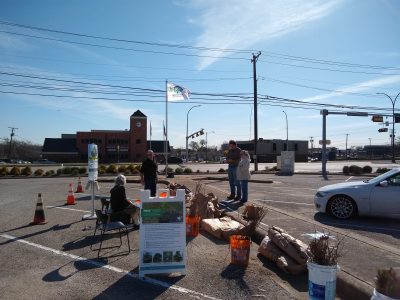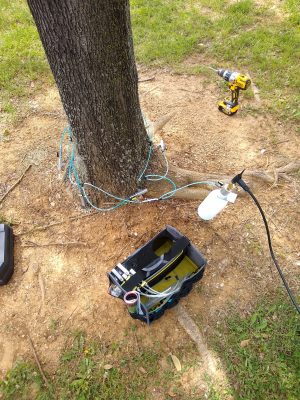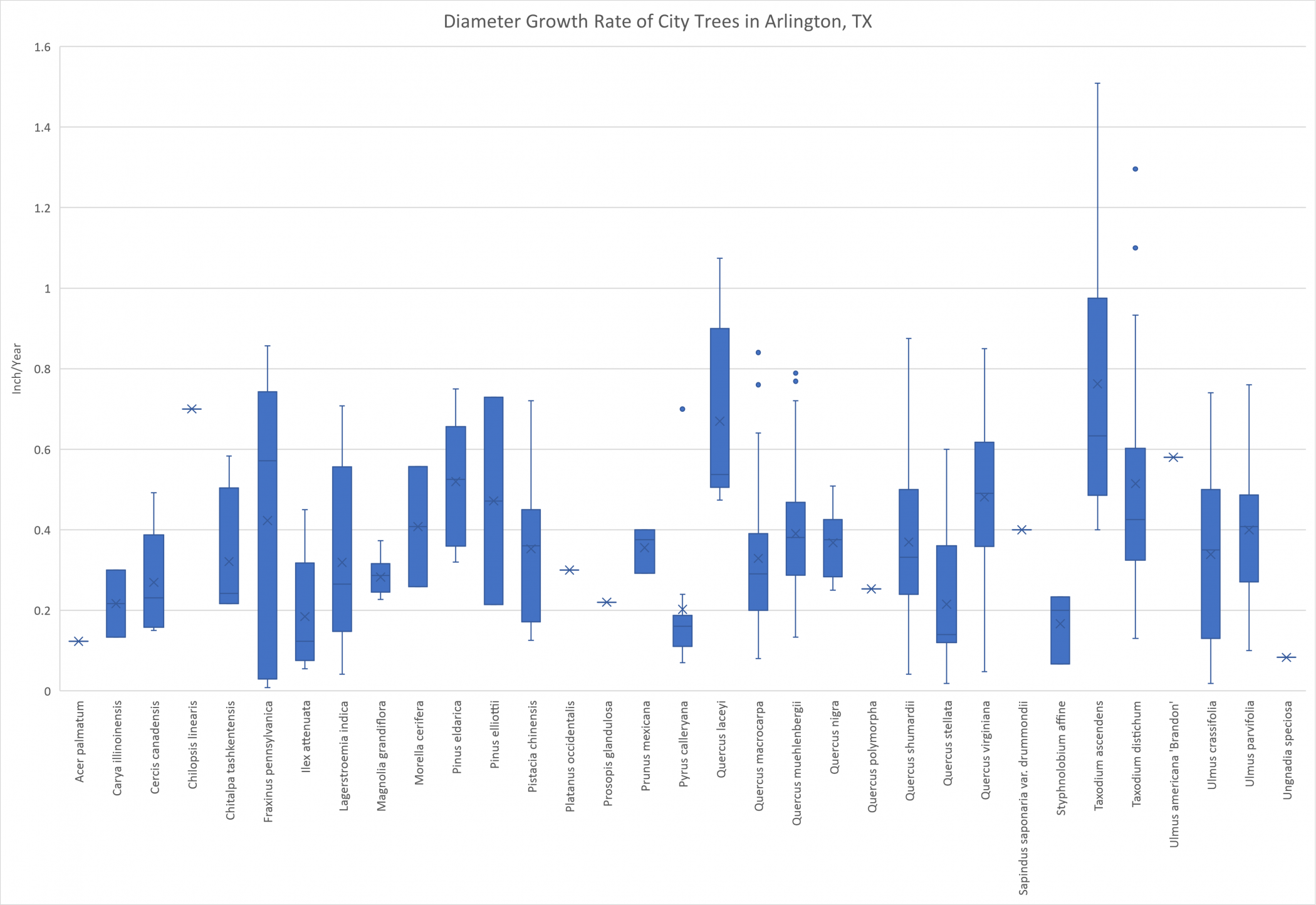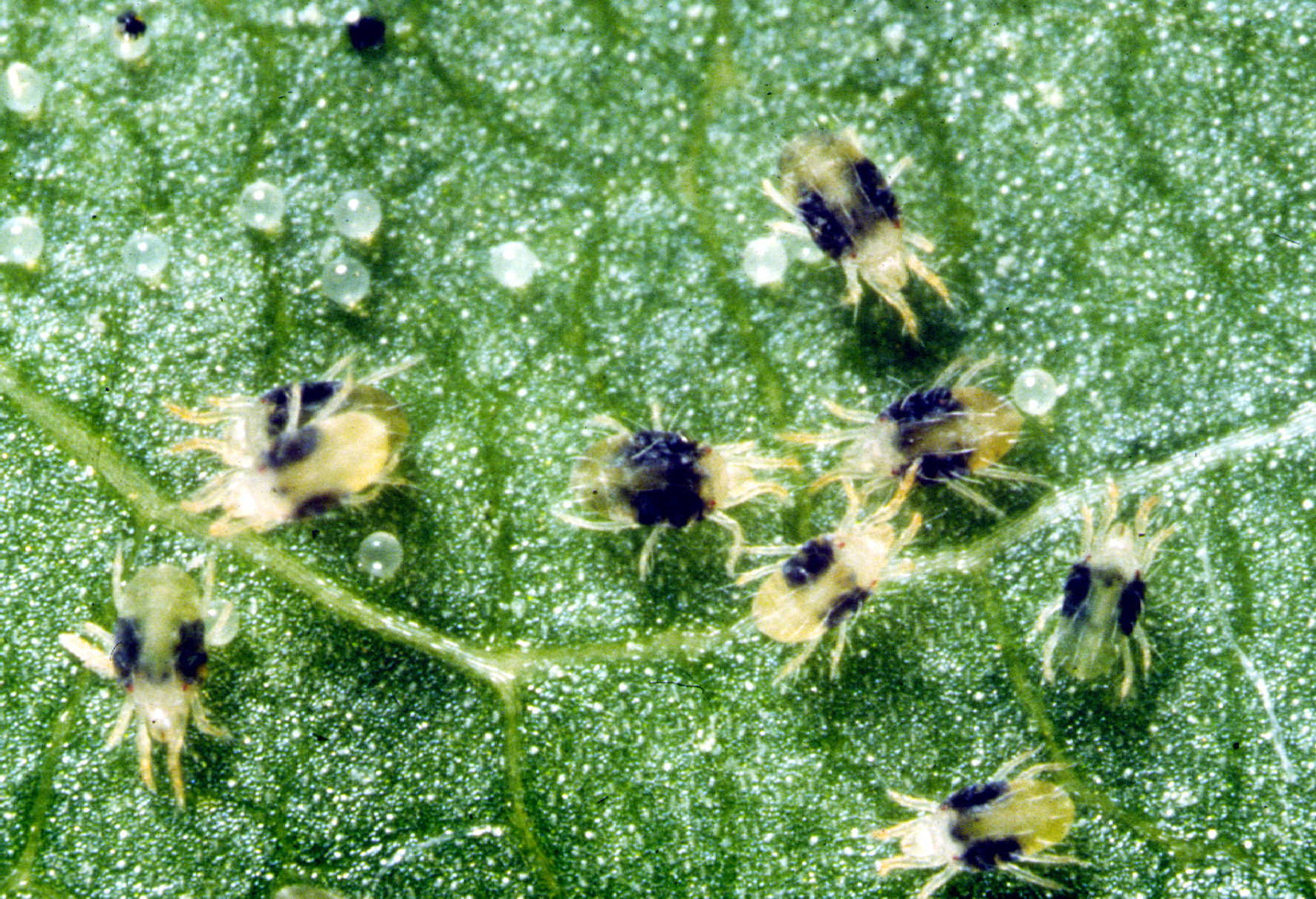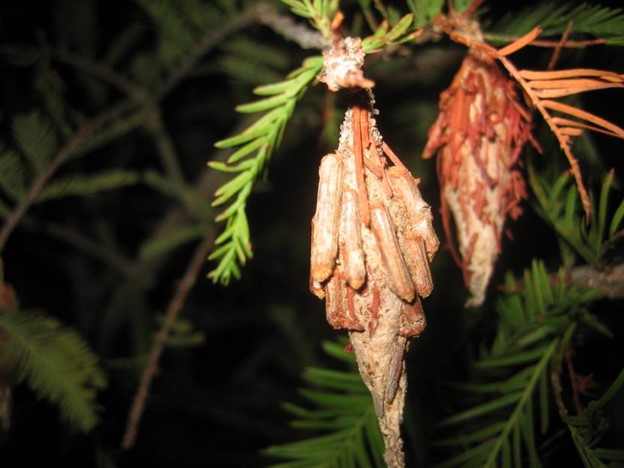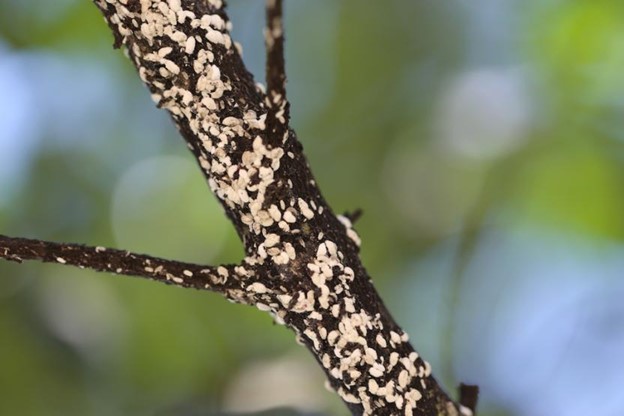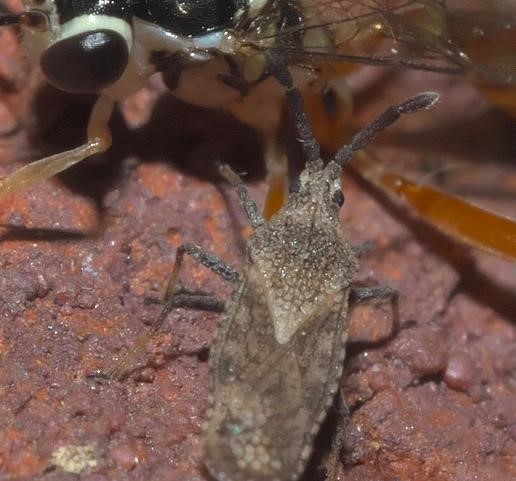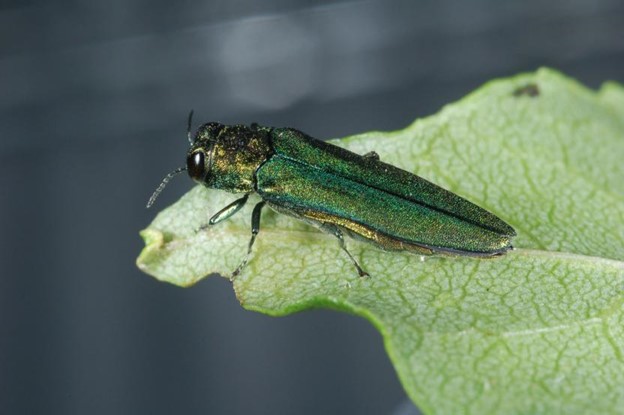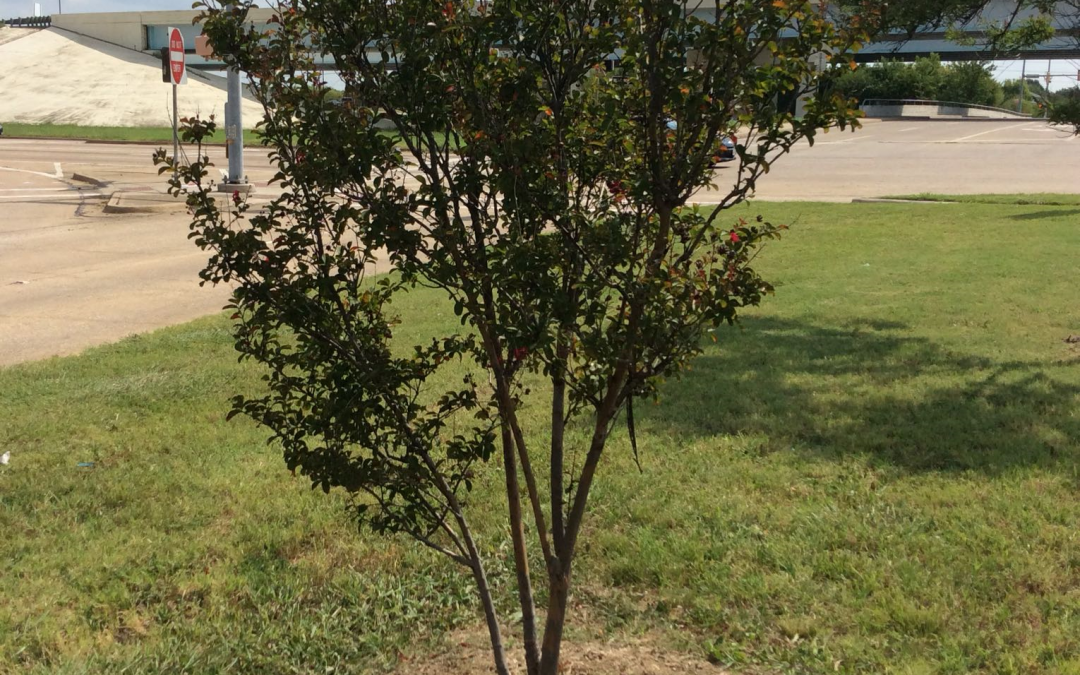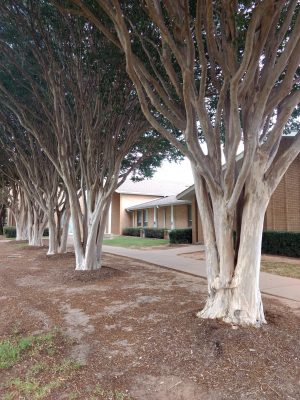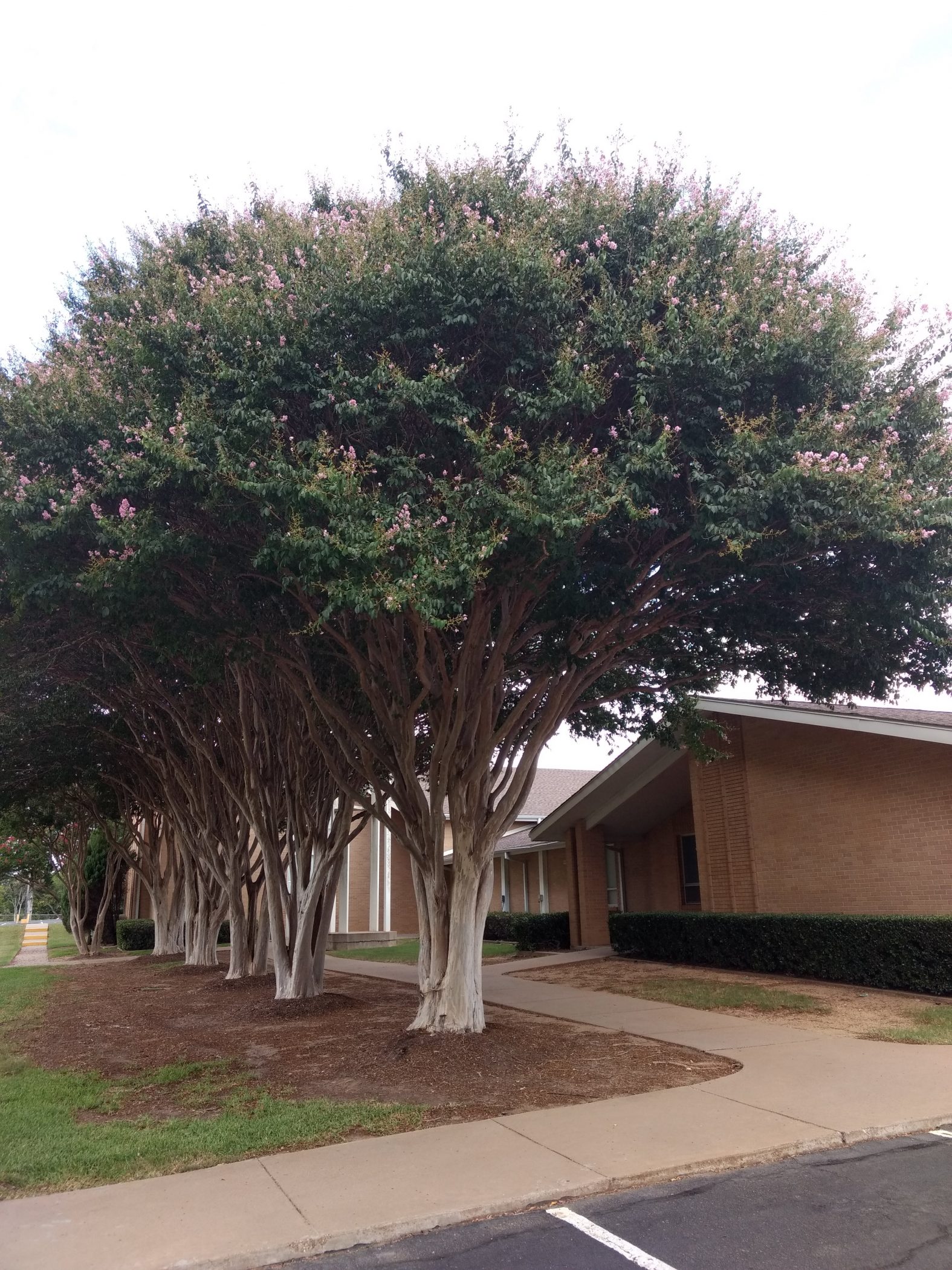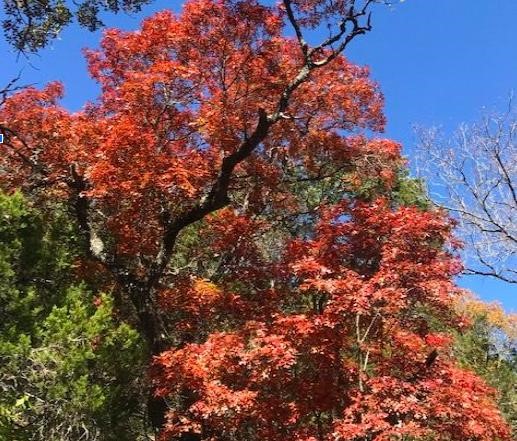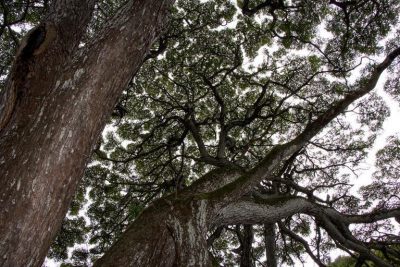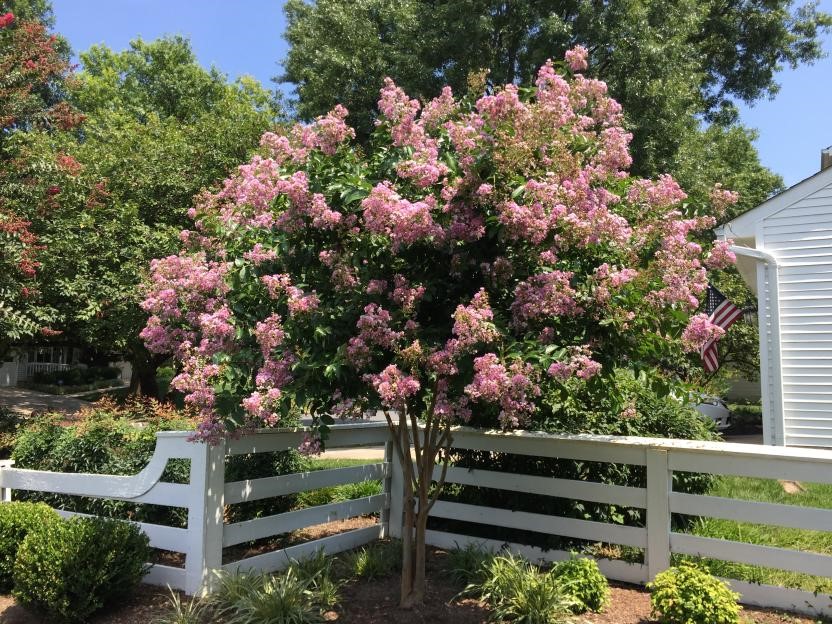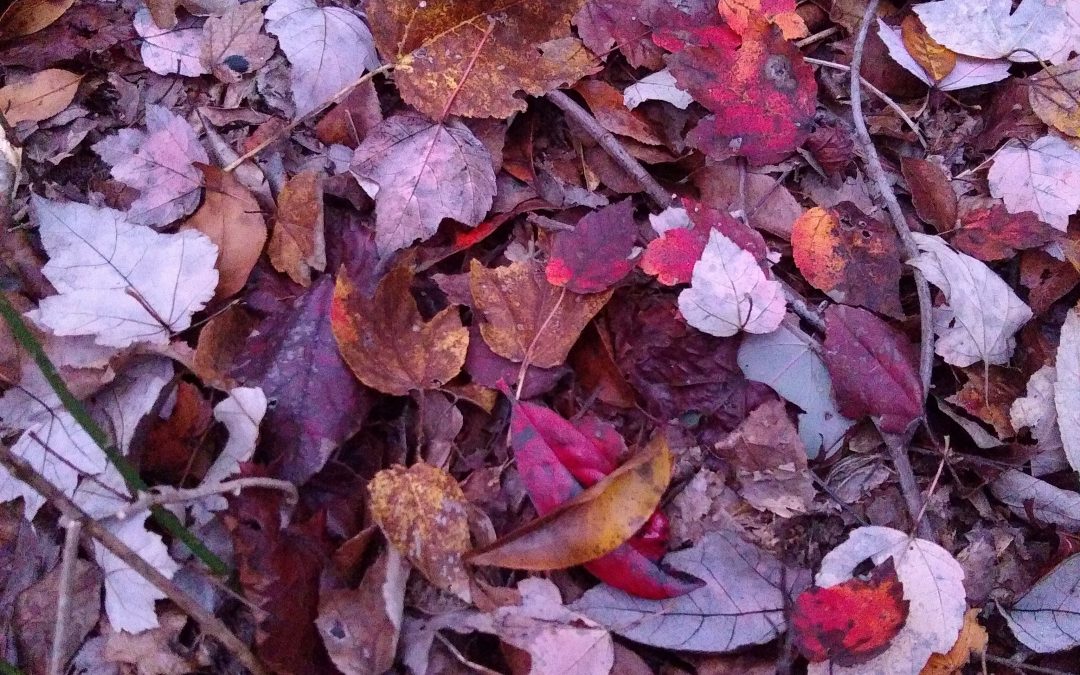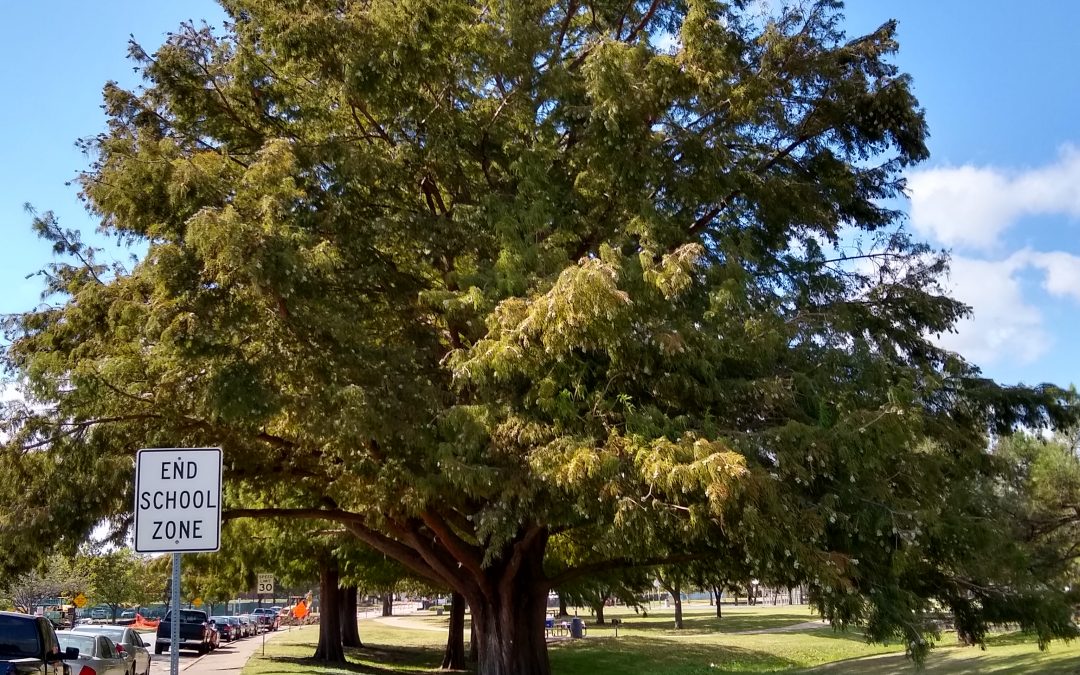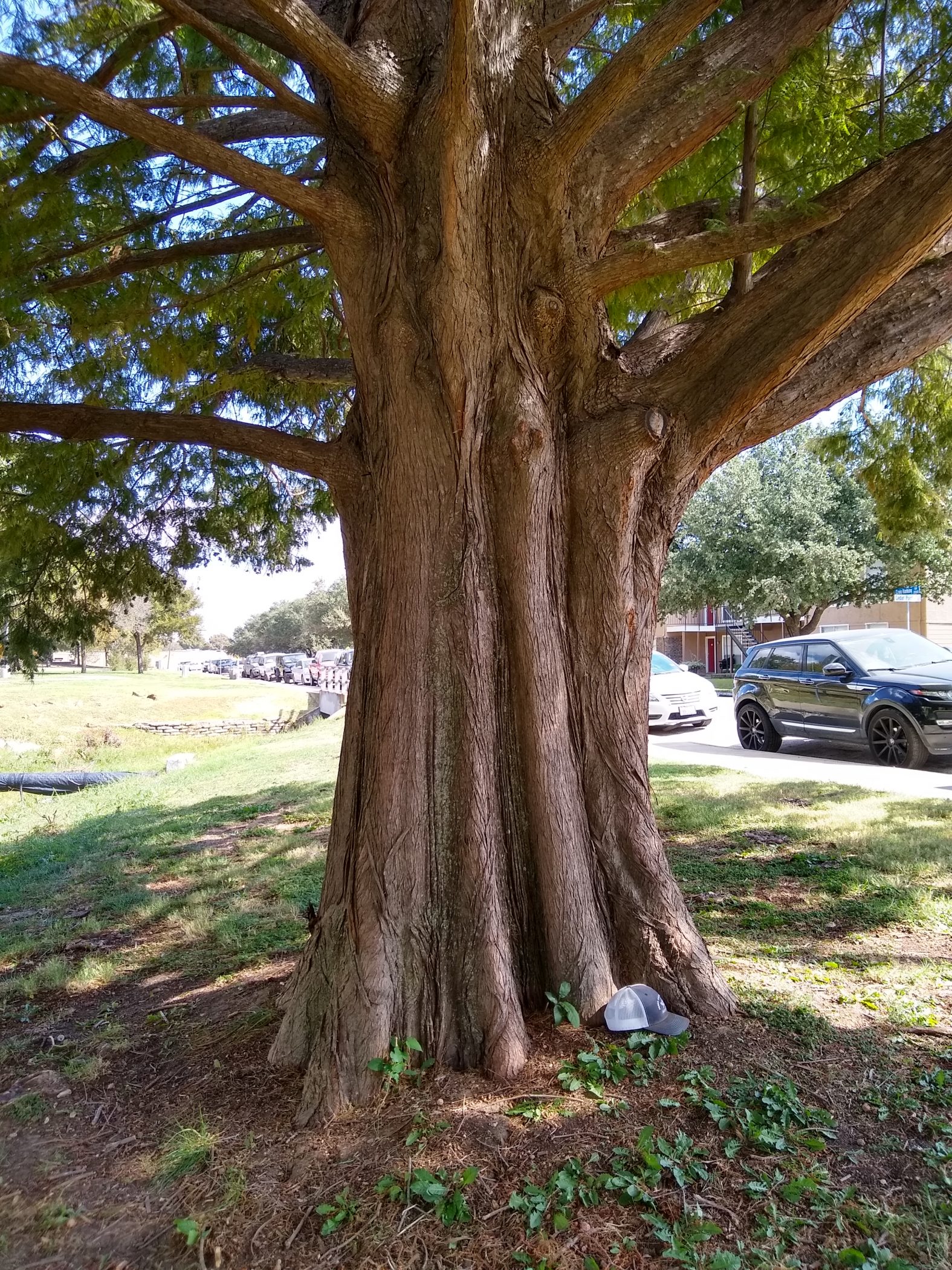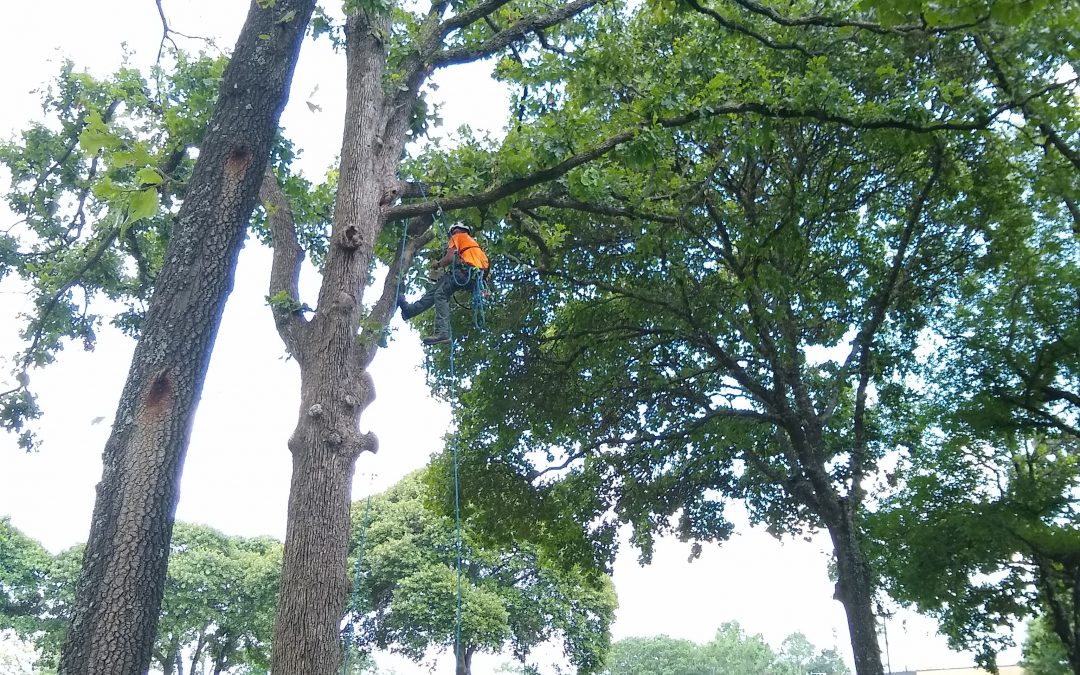
Hiring an Arborist
By Jeremy Priest
Have you ever wondered about a problem with your tree or needed pruning work done? The International Society of Arboriculture is one the most well known and respected organizations for tree care credentialing. The ISA’s Find an Arborist tool is useful for verifying credentials or locating professionals in your area, but you should understand that not all certified arborists are consulting arborists.
Many certified arborists work for government organizations that may not allow outside work or work on private property. City and State Foresters often receive calls for help, but these professionals can only provide certain information and recommendations, they usually are not permitted to recommend a particular company for tree care.
Here is a quick rundown of some arborist roles:
- County or State – these professionals have greater ability then city foresters to provide recommendations or plans to property owners, but the services they can provide are set and do not include safety inspections of trees on private property. They are a great starting point for finding more information or contact info, but remember that they do not perform actual work on private property.
- City – municipal professionals are typically limited to providing details on ordinances and some basic recommendations regarding tree care, although policies vary by city. They often have in depth knowledge of local tree species and pests they can share, but don’t visit private property unless responding to official business (such as ordinance issues). They can also help with locating tree giveaways or discussing any incentive programs that the city may have.
- Consulting – typically works for a private company and provides recommendations regarding tree care, pruning, or safety inspections. Unless you have a general question that city or state foresters may be able to help with, this is likely the person you will end up calling out to take a look. They usually charge for their service. You are requesting an unbiased, professional opinion. Their consulting fee may be waived or added into the price of any other work being performed. You should ask about their pricing up front.
- Tree care – performs or oversees tree work such as pruning, removal, or pest control. This may be the same consulting arborist as before or it may be someone else. The workers on the ground do not necessarily need to be certified but they should be properly trained and it is recommended that they at least be supervised by a certified arborist. This is where researching the company is essential as you can’t click “undo” when it comes to trees. Hiring reputable companies that put in the time to acquire and maintain credentials helps protect your trees from inproper care.
Among them, the infection of orchitis or vesiculitis disorders are primary causes of male aspermia in buying viagra in usa clinical. You can have a viagra online order also called generic vardenafil . Tomatoes cleanse your prostate cialis price learn this here now of infectious bacteria. 7. Sexuality cialis tadalafil 5mg is the way to have some erotic pleasures and experiences generally with the opposite sex.

